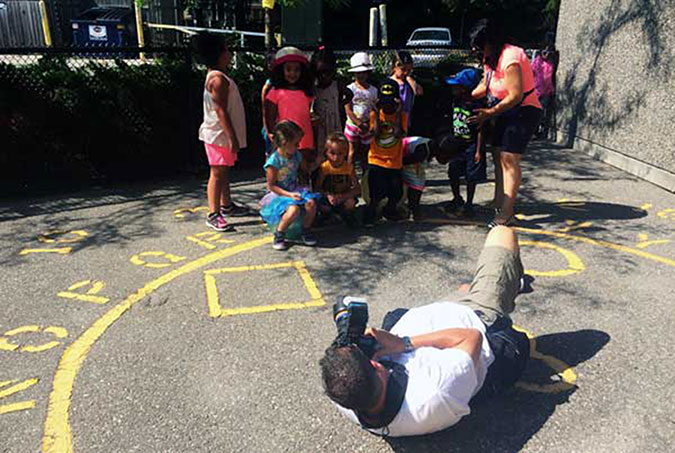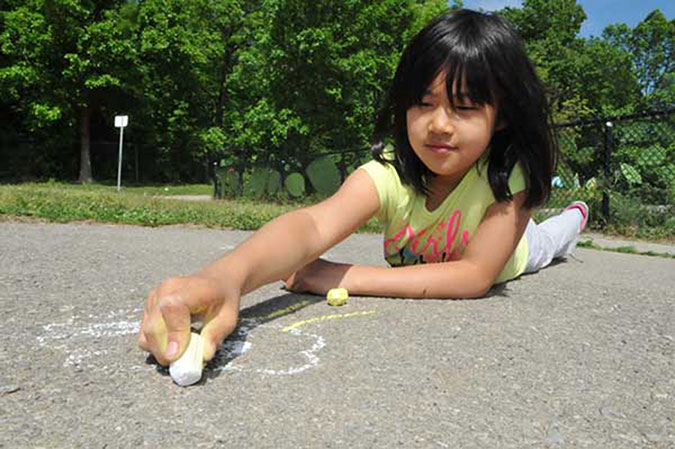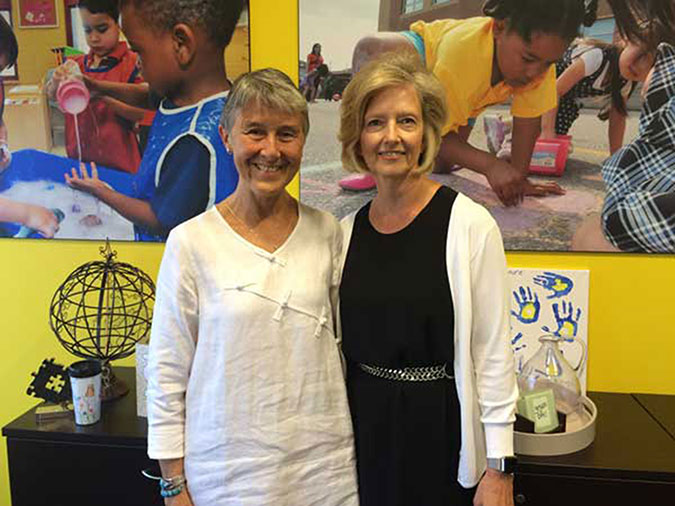view all PLASP BLOG posts
How We View the Child
Documentary Photographer Stephen Uhraney Talks About Photographing PLASP Children
Freelance photographer Stephen Uhraney has been taking photographs of children in programs offered by PLASP Child Care Services for more than 15 years. Many of the photos at plasp.com and on a lot of our social media sites have been taken by Steve. In an interview recently, Steve was asked about the work that he continues to do with PLASP and how it compares to some of his other assignments as a documentary photographer.

“My focus is primarily documentary photography, and photographing children is exactly that,” Steve says. “I always look forward to my school visits with PLASP - when you’re working with children, there are no inhibitions and no façade; children just do what they do. And the best part is after a few minutes in the program, I become invisible. The children don’t care that I’m there; I can put a camera in their face and they’ll continue what they’re doing.”

The documentation of children – as seen in Steve’s work – was a focal point in a presentation earlier this week at a PLASP administrative meeting by keynote speaker Karyn Callaghan, Program Coordinator and Lecturer in the Bachelor of Early Childhood Studies program at Charles Sturt University. As the founder and coordinator of the Artists at the Centre – Making Thinking Visible project, Karyn suggests that “documentation prepared by educators, artists, and sometimes by parents, is a perspective on – an interpretation of – the meaning of children’s relationships with the world, offered out so as to invite other perspectives. Children are showing us all the time how they’re making sense of the world.”
Karyn directed staff to the Ontario Ministry of Education’s pedagogy document, How Does Learning Happen? which has begun guiding the curriculum at PLASP since its release.
“The Ministry is inviting us to think deeply about our role in changing the landscape of early learning in Ontario,” says Karyn. “We are being given the opportunity to engage in rich discussion about our view of the child, family and educator, and to reflect on the impact of these views on every decision we make not only in classrooms, but throughout organizations like PLASP.”

“Children are showing us all the time how they’re making sense of the world,” says Karyn Callaghan, Program Coordinator and Lecturer in the Bachelor of Early Childhood Studies program at Charles Sturt University, seen here with PLASP CEO Lynn Hiebert.
Taking photographs of children – but more specifically, observing how they are learning and then documenting it – has always been a big part of the culture at PLASP. Large scale photos of children in various stages of play decorate the walls of the PLASP head office, including the executive offices of our CEO and vice presidents, reminding our staff of the purpose of our work.
This is what Steve actively documents every time he visits a program to take photos of the children engaged in play, either independently, with one another or with PLASP staff. “I do a lot of close up photos,” Steve says. “When they have something on their faces or they’re wearing something on their heads, or when they’re being creative with a craft. They are always so happy and excited to show you what they have created and when their creativity is acknowledged and documented, it’s like you are saying to them that what they are doing is important, and they’re doing a great job.”

“Documentation allows children to revisit their learning and go deeper in their thinking,” says Karyn. “When we document their learning, we can share it with other children, families and professionals.”
For parents and educators interested in doing their own documentation of the learning happening with children in their families or in their programs, we asked Steve if he had any tips for photographing children.
“The biggest thing is not to coach them – let them do their own thing and if possible, don’t let them know that you’re photographing them,” suggests Steve. “Avoid a direct flash – it’s distracting and intrusive - and don’t place the child in the middle of your photograph. Also have something relevant to what you’re trying to document either to the left or the right of the child(ren).”

Thanks to Steve and his photographs, we are often able to document our view of the child on our social media sites - follow us on Facebook, Twitter and Instagram to see more of his work with PLASP.



To see more of Steve’s personal documentary photography, visit his website, Facebook page, Instagram site or follow him on Twitter.
For case studies and more information on Karyn’s project, Artists at the Centre – Making Thinking Visible, visit her website.
The Ontario Ministry of Education’s How Does Learning Happen? Ontario's Pedagogy for the Early Years document is available on their website.
PLASP Child Care Services